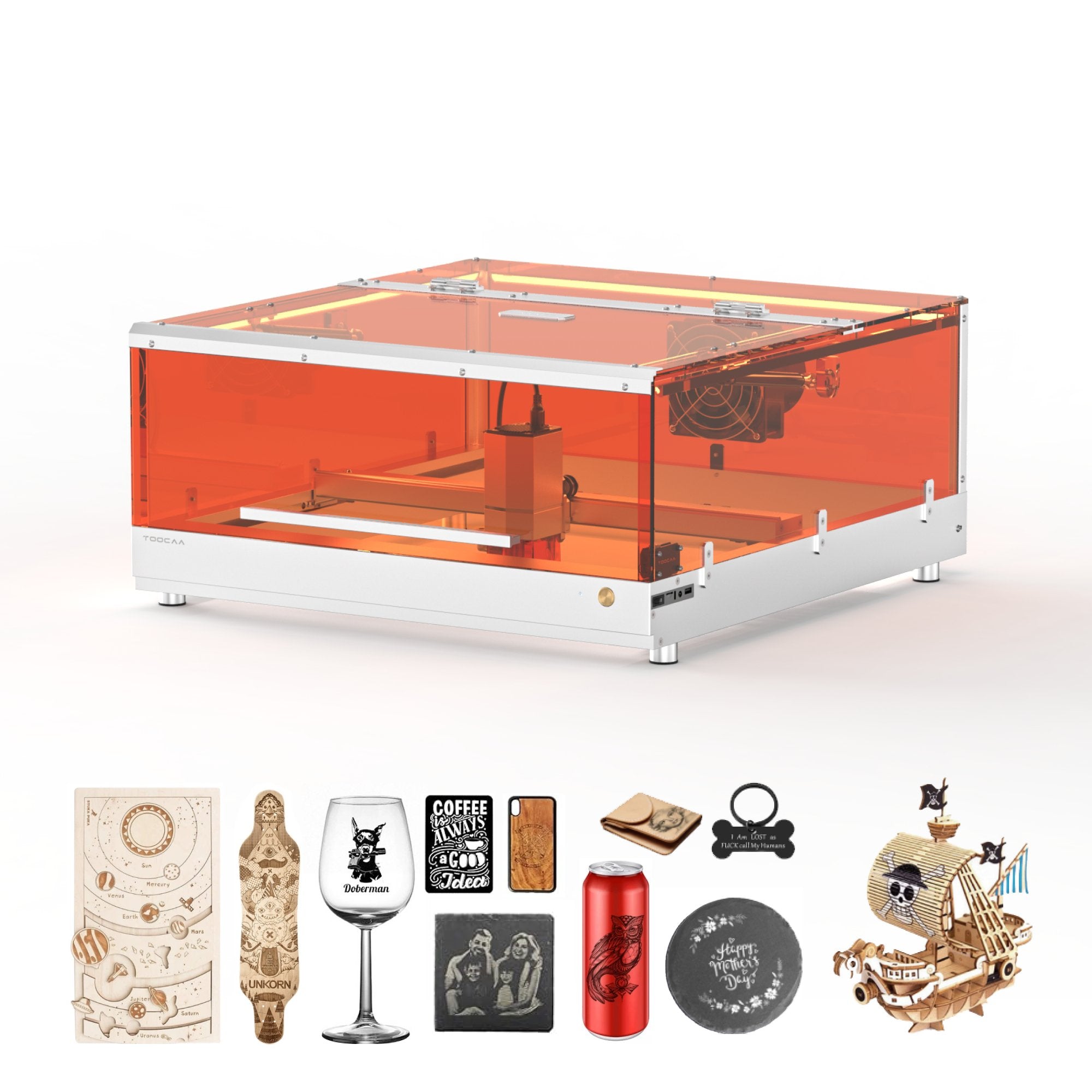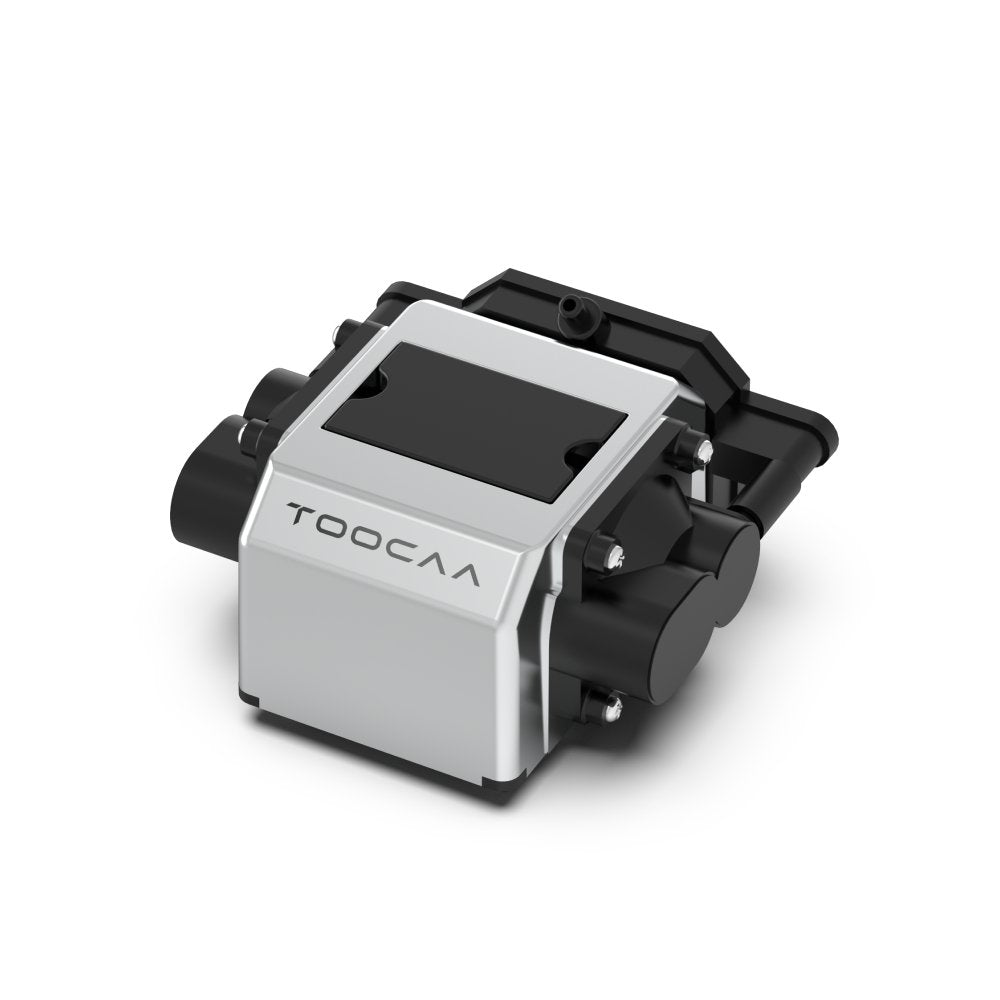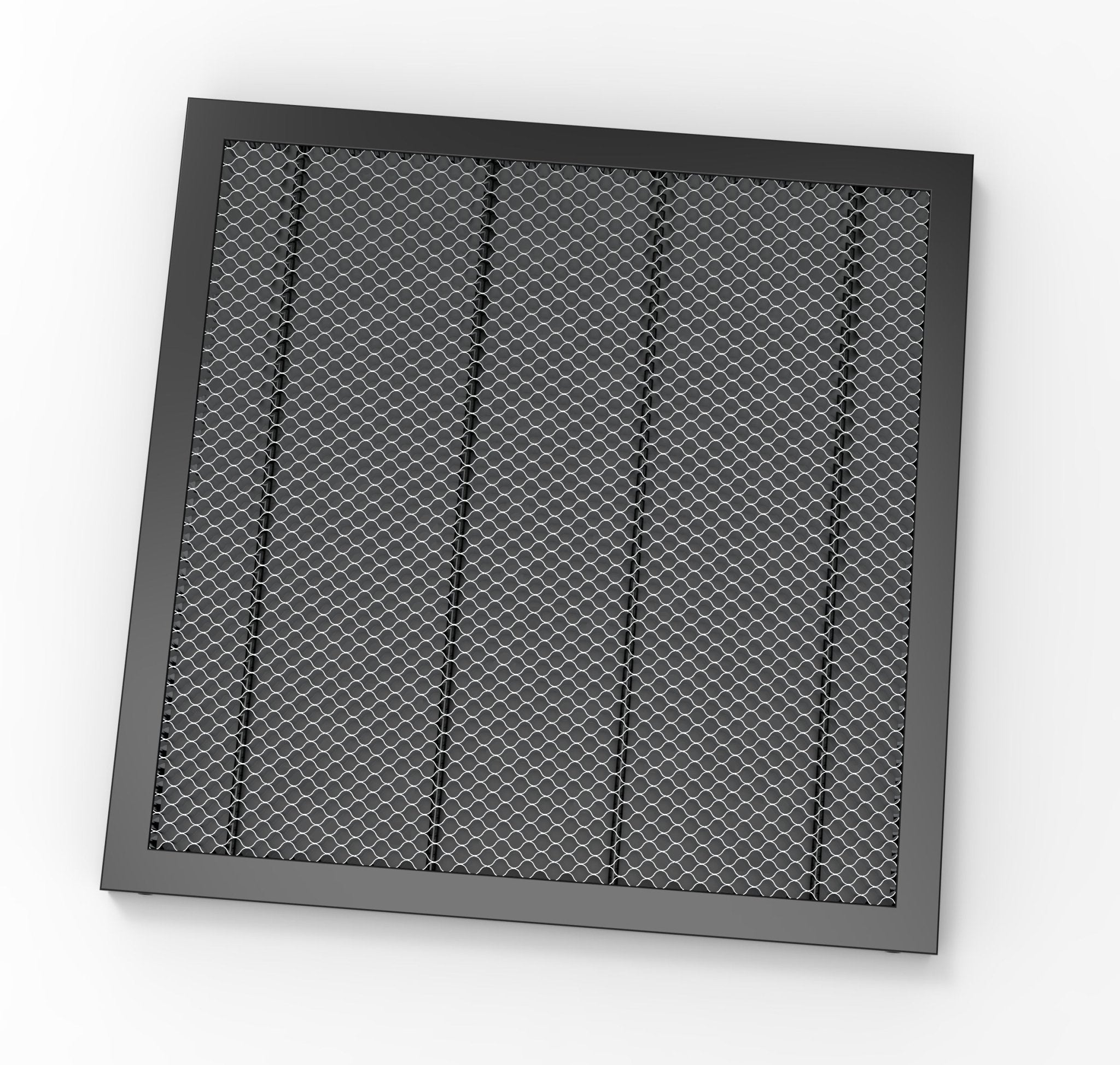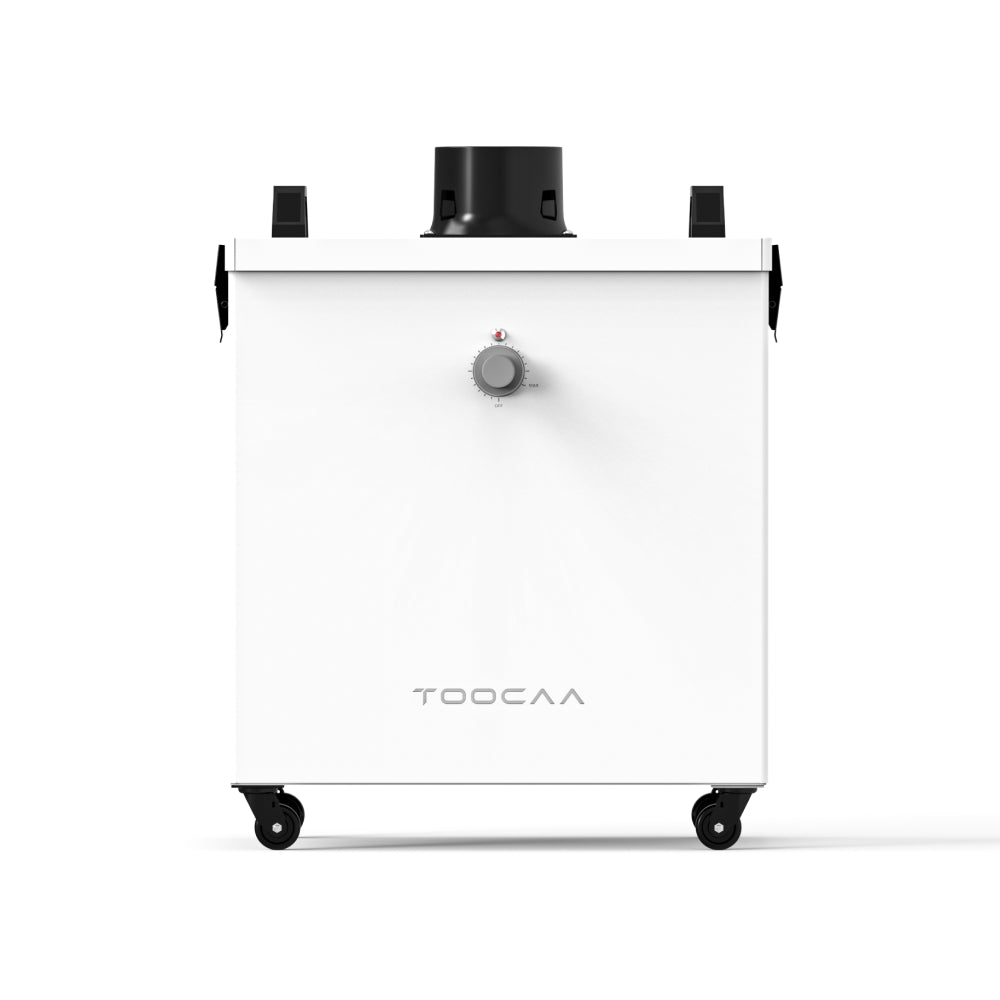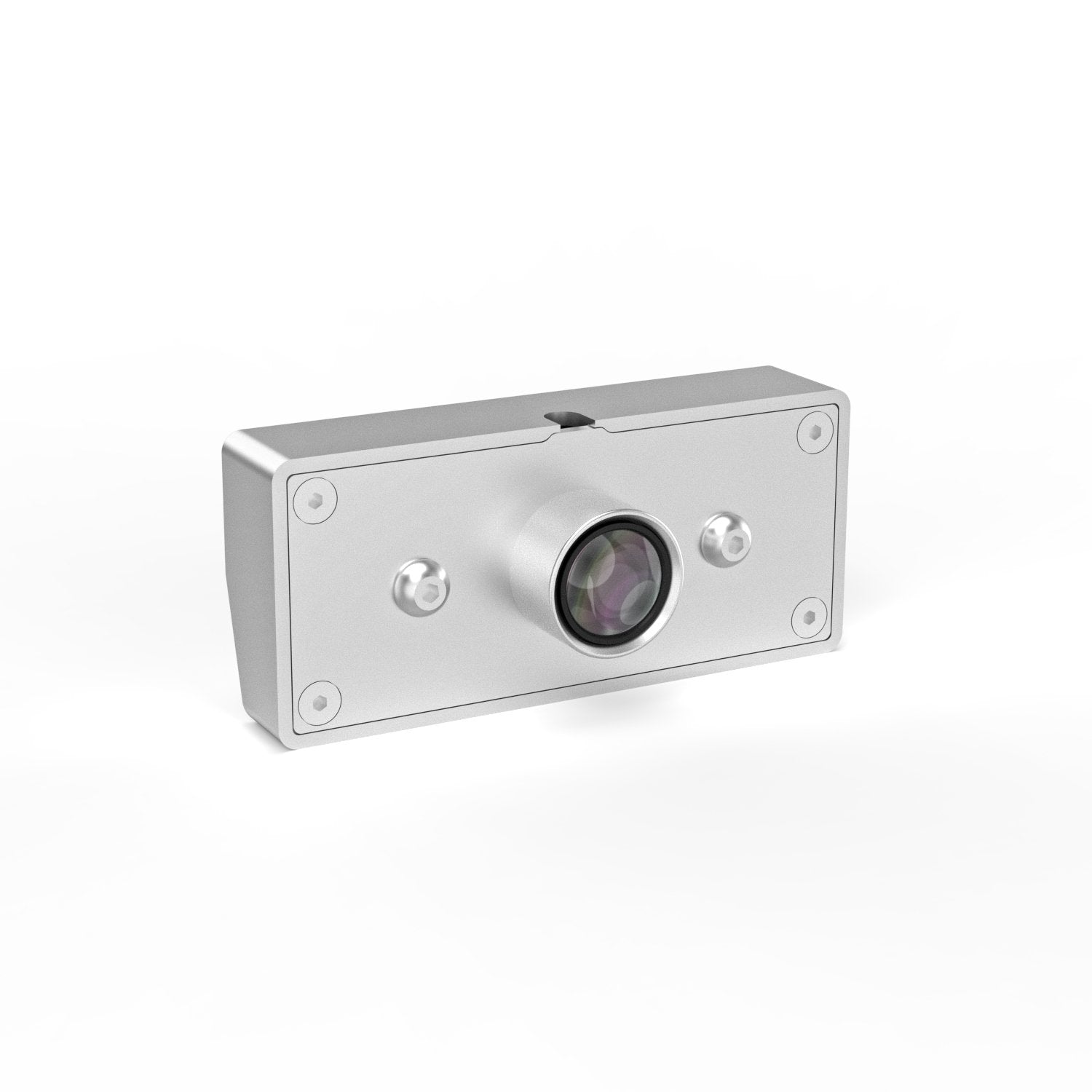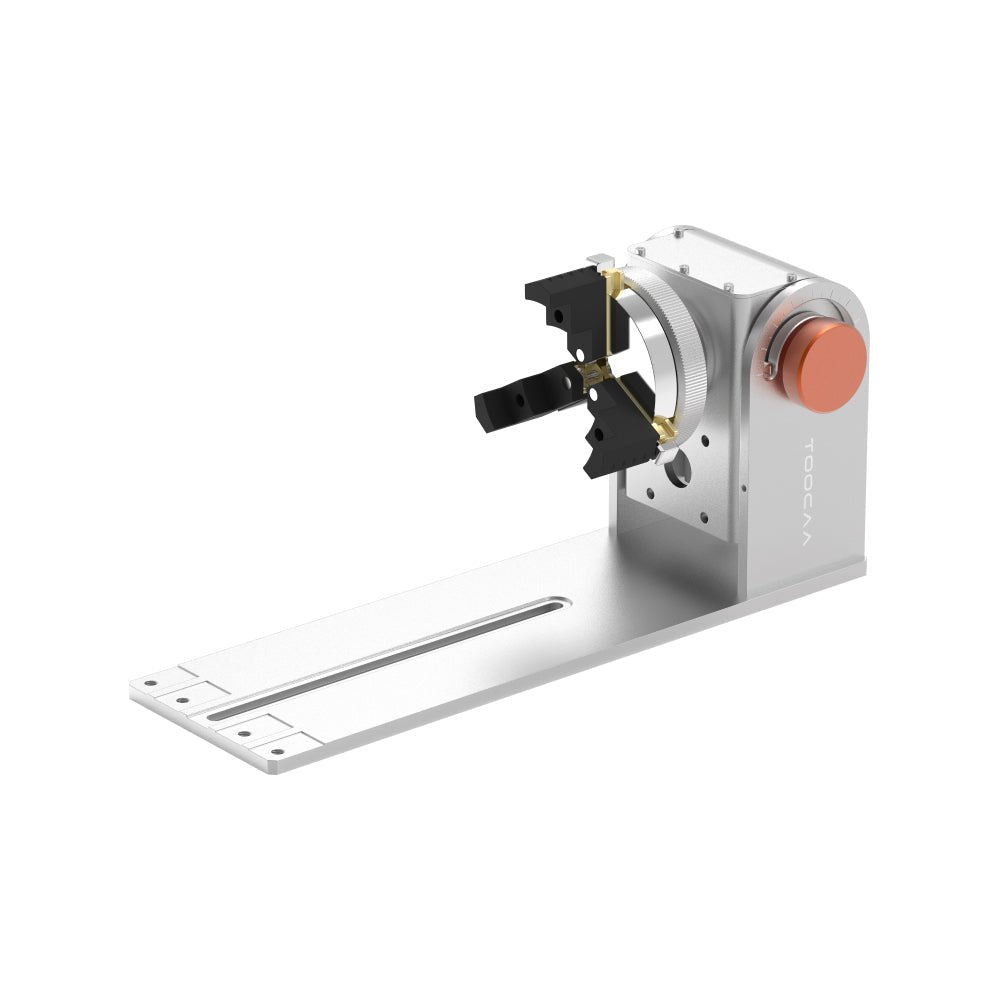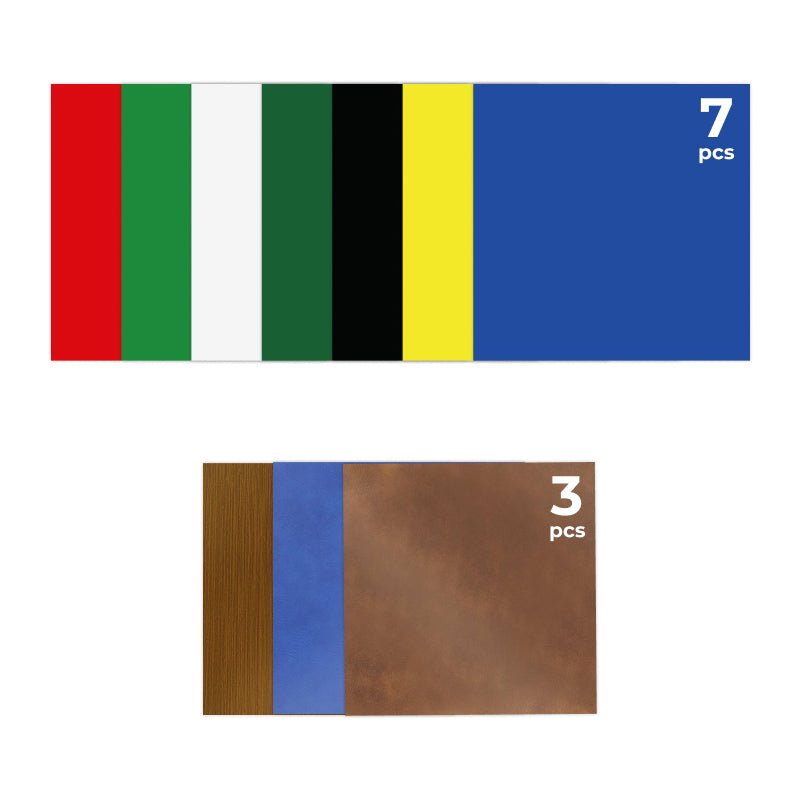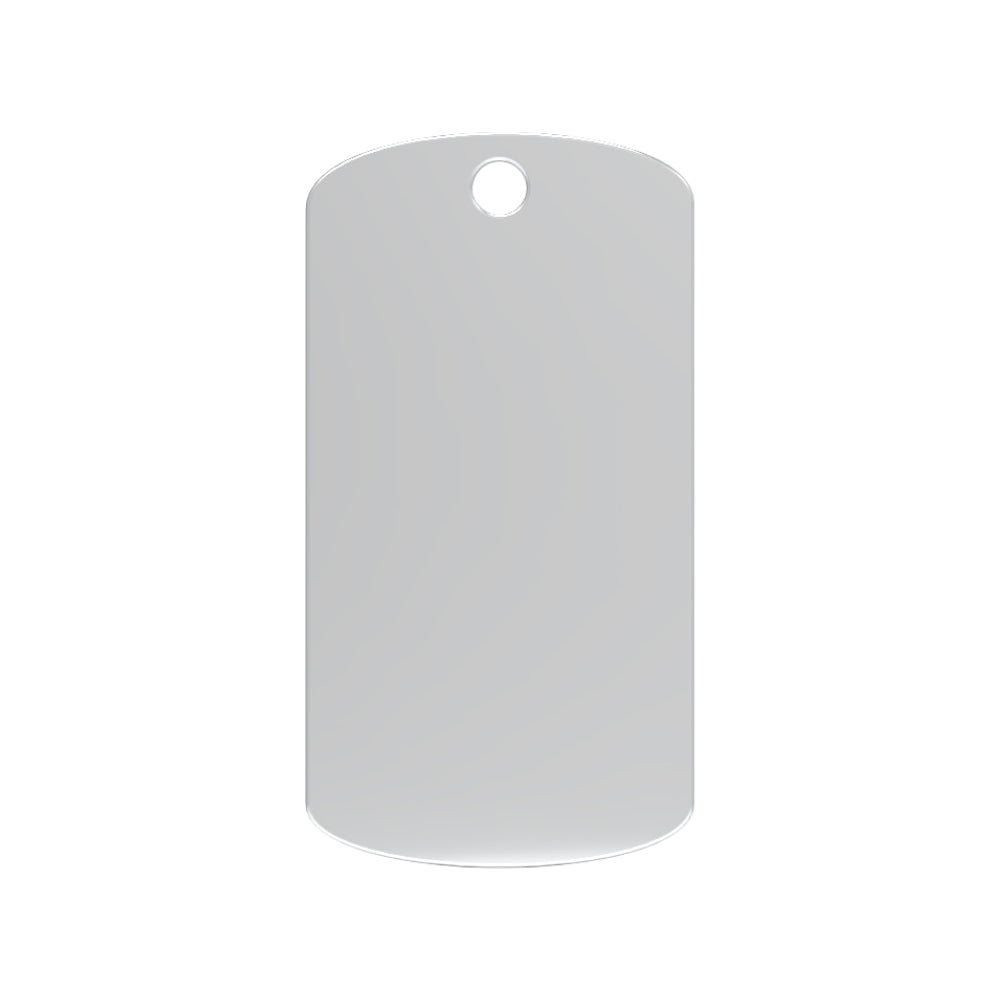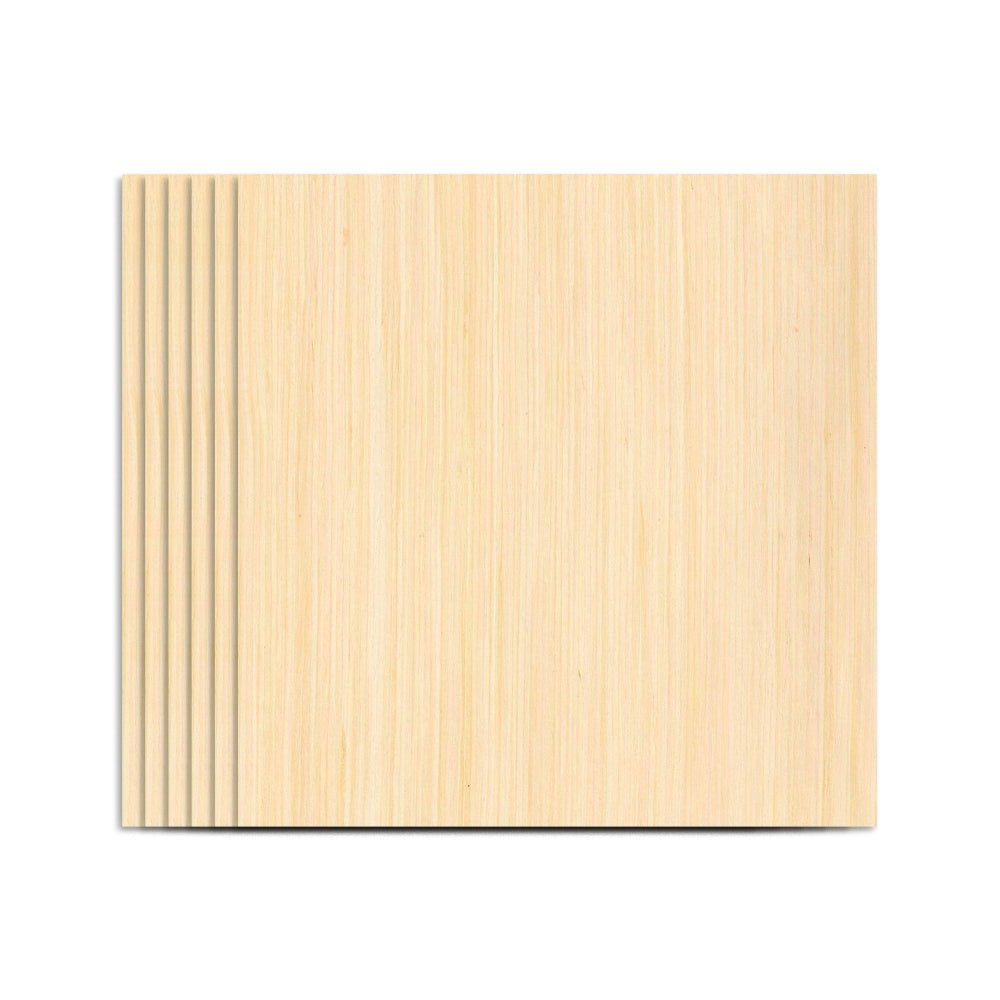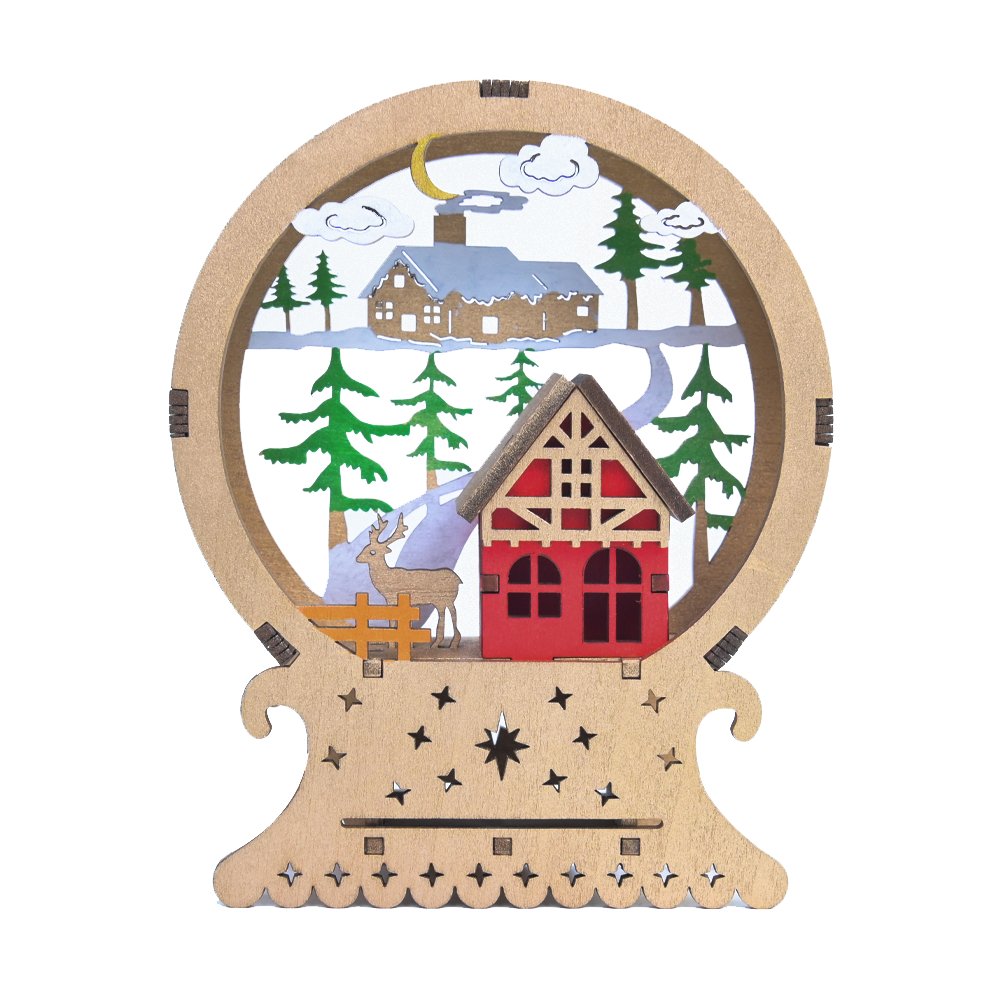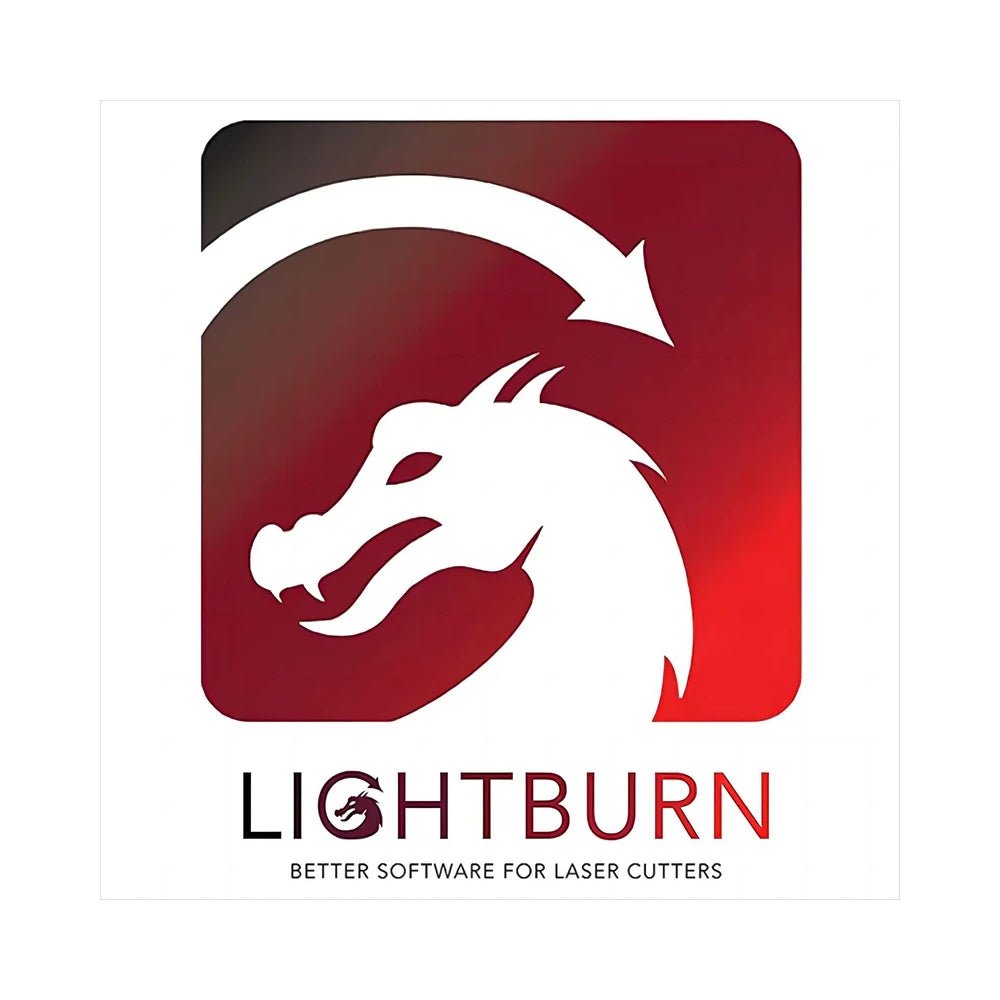Die Laserschneidtechnologie hat in den letzten Jahren enorme Innovationssprünge erlebt und die Herangehensweise der Branche an Fertigung, Design und Anpassung verändert. Wenn wir in die Zukunft blicken, verspricht das Jahr 2024 noch mehr revolutionäre Fortschritte. Von Automatisierung und künstlicher Intelligenz (KI) bis hin zu umweltfreundlicheren Technologien und verbesserten Materialeigenschaften werden diese Trends die Art und Weise verändern, wie Laserschneidmaschinen in einer Reihe von Branchen eingesetzt werden.
In diesem ausführlichen Blog untersuchen wir die wichtigsten Trends in der Laserschneidtechnologie im Jahr 2024 und konzentrieren uns darauf, wie sich diese Innovationen auf die Effizienz, Präzision und Nachhaltigkeit in der modernen Fertigung auswirken.
Automatisierung: Transformation der Großserienfertigung
Automatisierung ist in der Fertigung bereits weit verbreitet und ermöglicht eine schnellere, effizientere Produktion mit minimalem menschlichen Eingriff. Die Laserschneidtechnologie setzt zunehmend auf automatisierte Lösungen, sodass Unternehmen ihre Abläufe präziser und schneller skalieren können. Bis 2024 dürfte die Automatisierung noch ausgefeilter sein und vollständig autonome Laserschneidsysteme ermöglichen, die ganze Produktionslinien steuern können.
Eine wichtige Entwicklung in der Automatisierung ist die Integration von Robotersystemen und fortschrittlichen Materialhandhabungslösungen mit Laserschneidsystemen. Diese Systeme können automatisch Rohmaterialien laden, Schneidvorgänge durchführen und fertige Produkte entladen, wodurch die Ausfallzeiten zwischen den Vorgängen minimiert werden. Diese Art der Einrichtung ist besonders in Branchen wie der Automobil- und Luftfahrtindustrie nützlich, in denen Massenproduktion und enge Toleranzen wichtig sind.
Automatisierte Laserschneider verfügen außerdem über Echtzeitüberwachungs- und Feedbacksysteme, mit denen die Maschine Abweichungen während des Schneidvorgangs automatisch korrigieren kann. Diese Funktionen verbessern nicht nur die Genauigkeit, sondern reduzieren auch den Materialabfall und verbessern die Produktionseffizienz. Darüber hinaus verfügen viele Laserschneidsysteme mittlerweile über Fernsteuerungsfunktionen, mit denen Bediener die Maschinen von jedem beliebigen Standort aus steuern und überwachen können. Dies steigert die Produktivität weiter und macht eine Überwachung vor Ort überflüssig.

Bis 2024 wird die Kombination von Laserschneidtechnologie mit intelligenten Fertigungssystemen es Unternehmen ermöglichen, komplexere Aufgaben zu automatisieren, Arbeitsabläufe zu optimieren und die Gesamtproduktionskosten zu senken. Die Möglichkeit, den Betrieb ohne Qualitätseinbußen zu skalieren, wird für Unternehmen, die in einem zunehmend anspruchsvollen Markt wettbewerbsfähig bleiben wollen, von entscheidender Bedeutung sein.
KI-Integration: Eine intelligente Revolution beim Laserschneiden
Künstliche Intelligenz (KI) revolutioniert nahezu jede Branche, und das Laserschneiden bildet hier keine Ausnahme. Durch den Einsatz KI-basierter Algorithmen sind Laserschneidmaschinen intelligenter, anpassungsfähiger und in der Lage, ein höheres Maß an Präzision zu erreichen als je zuvor. Es wird erwartet, dass die Integration von KI im Jahr 2024 eine Schlüsselrolle in der Zukunft der Laserschneidtechnologie spielen wird und fortschrittliche Funktionen in industrielle Anwendungen bringt.
Einer der wichtigsten Vorteile der Integration von KI in das Laserschneiden ist die Möglichkeit, Schneidparameter in Echtzeit zu optimieren. KI-Systeme können Faktoren wie Materialdicke, Härte und thermische Eigenschaften analysieren, um Laserleistung, -geschwindigkeit und -fokus dynamisch anzupassen. Diese Anpassungsfähigkeit verbessert die Schnittqualität und reduziert die Fehlerquote, selbst bei unterschiedlichen oder schwierigen Materialien.
Die Rolle der KI geht über die bloße Verbesserung der Genauigkeit hinaus. Ein weiterer Bereich, in dem KI in der Laserschneidtechnologie ins Spiel kommt, ist die vorausschauende Wartung. Durch die kontinuierliche Überwachung der Maschinenleistung kann KI Anzeichen von Verschleiß und potenziellen Ausfällen erkennen, bevor sie zu kostspieligen Ausfällen führen. Dieser proaktive Ansatz stellt sicher, dass Laserschneider mit maximaler Effizienz arbeiten, ungeplante Ausfallzeiten minimiert und die Wartungskosten im Laufe der Zeit gesenkt werden.
Eine weitere interessante Entwicklung ist der Beitrag der künstlichen Intelligenz zur Designoptimierung. Laserschneidmaschinen können heute komplexe Designmodelle mithilfe intelligenter Verschachtelungsalgorithmen verarbeiten, um den Materialverbrauch zu optimieren. Diese Algorithmen organisieren die Teile in der effizientesten Anordnung, reduzieren den Materialabfall und verbessern die Gesamtproduktivität. Mit der Weiterentwicklung von KI-Systemen werden sie dazu beitragen, noch ausgefeiltere Schneidstrategien zu entwickeln, die sowohl die Geschwindigkeit als auch die Ressourceneffizienz optimieren.
Im Jahr 2024 wird die Verschmelzung von künstlicher Intelligenz und Laserschneiden den Herstellern neue Möglichkeiten eröffnen und intelligentere Systeme bereitstellen, die komplexe Aufgaben mit minimaler menschlicher Aufsicht bewältigen können. Dieser Wandel wird nicht nur die Produktivität steigern, sondern auch die Möglichkeiten zur Produktanpassung verbessern und die Lieferzeiten verkürzen.
Umweltfreundlichere Technologien: Nachhaltigkeit in der Fertigung

Während sich Industrien weltweit darauf konzentrieren, ihre Umweltbelastung zu reduzieren, folgt auch die Laserschneidindustrie diesem Beispiel und setzt auf umweltfreundlichere Technologien. Nachhaltigkeit ist für Hersteller zu einem entscheidenden Faktor geworden, und im Jahr 2024 wird die Laserschneidtechnologie voraussichtlich umweltfreundlichere Lösungen hervorbringen, die Unternehmen dabei helfen, ihren CO2-Fußabdruck zu reduzieren und gleichzeitig ein hohes Leistungsniveau aufrechtzuerhalten.
Einer der Hauptschwerpunkte ist die Verbesserung der Energieeffizienz von Laserschneidmaschinen. Herkömmliche CO2-Laser verbrauchen beim Schneidvorgang erhebliche Mengen an Energie, neuere Faserlasersysteme sind jedoch weitaus effizienter. Faserlaser verbrauchen weniger Strom, um dieselben (oder sogar bessere) Schneidergebnisse zu erzielen, was sie für Hersteller zu einer nachhaltigeren Wahl macht. Bis 2024 erwarten wir weitere Fortschritte bei energieeffizienten Laserquellen, die nicht nur den Stromverbrauch senken, sondern auch die Betriebskosten für Unternehmen reduzieren.
Darüber hinaus suchen Hersteller zunehmend nach Möglichkeiten, den Materialabfall beim Schneideprozess zu reduzieren. Fortschrittliche, KI-gestützte Verschachtelungsalgorithmen ermöglichen es Laserschneidern, Designs auf Rohmaterialien effizienter anzuordnen und so sicherzustellen, dass jeder Zentimeter Material genutzt wird. Dadurch werden Verschnitt und Ausschuss reduziert, was zu nachhaltigeren Produktionspraktiken beiträgt. Diese Innovationen sind besonders in Branchen wie der Verpackungsindustrie wichtig, in denen die Minimierung von Abfall sowohl wirtschaftlich als auch ökologisch vorteilhaft ist.
Ein weiterer wichtiger Aspekt einer umweltfreundlicheren Laserschneidtechnologie ist die Reduzierung schädlicher Nebenprodukte während des Schneidvorgangs. Herkömmliche Schneidmethoden können Rauch, Partikel und andere gefährliche Stoffe in die Luft freisetzen, was sowohl für die Bediener als auch für die Umwelt ein Risiko darstellt. Im Jahr 2024 werden fortschrittlichere Filter- und Rauchabzugssysteme entwickelt, um diese Emissionen aufzufangen und zu neutralisieren. Darüber hinaus werden einige Lasersysteme so konzipiert, dass sie mit Materialien arbeiten, die weniger schädliche Nebenprodukte erzeugen, was das Nachhaltigkeitsprofil des Laserschneidens weiter verbessert.
Nachhaltigkeit beim Laserschneiden erstreckt sich auch auf die verwendeten Materialien. Die Entwicklung recycelbarer und umweltfreundlicher Materialien, die mit Laserschneidtechnologien kompatibel sind, rückt zunehmend in den Fokus. Diese Materialien können in Branchen wie dem Baugewerbe, der Konsumgüterindustrie und der Elektronik eingesetzt werden und stehen im Einklang mit dem allgemeinen Wandel hin zur Kreislaufwirtschaft. Da Unternehmen zunehmende gesetzliche Anforderungen und die Erwartungen der Verbraucher an nachhaltige Produkte erfüllen wollen, werden diese umweltfreundlicheren Laserschneidlösungen unverzichtbar sein.
Verbesserte Materialeigenschaften: Erweiterung der Möglichkeiten

Einer der spannendsten Trends für 2024 in der Laserschneidtechnologie ist die Erweiterung der Materialkapazitäten. Während Laserschneiden traditionell mit Metallen, Kunststoffen und Holz in Verbindung gebracht wird, ermöglichen laufende Fortschritte das Schneiden einer größeren Bandbreite an Materialien, darunter auch solche, die früher als zu schwierig oder empfindlich für die Laserbearbeitung galten.
So können beispielsweise hochmoderne Lasersysteme heute Verbundwerkstoffe, Keramik und sogar bestimmte moderne Polymere verarbeiten und eröffnen damit neue Möglichkeiten für Branchen wie die Luft- und Raumfahrt, Medizintechnik und Elektronik. Diese Branchen sind auf leichte, langlebige und manchmal hitzebeständige Materialien angewiesen, und das Laserschneiden bietet eine hochpräzise Methode, diese zu verarbeiten, ohne die Integrität des Materials zu beschädigen.
In der Elektronikindustrie hat beispielsweise die Fähigkeit, im Mikro- und Nanomaßstab zu schneiden und zu gravieren, bahnbrechende Veränderungen mit sich gebracht. Da die Nachfrage nach kleineren, komplexeren elektronischen Bauteilen steigt, bietet das Laserschneiden die Präzision, die für die Fertigung in solchen Größenordnungen erforderlich ist. Wir sehen auch Entwicklungen in der Mehrmaterialverarbeitung, bei der ein einziger Laserschneider verschiedene Materialarten in einem einzigen Produktionslauf verarbeiten kann, was die Vielseitigkeit und Effizienz verbessert.
Darüber hinaus ermöglichen Fortschritte in der Lasertechnologie eine größere Anpassungsfähigkeit und Designflexibilität. Angesichts der zunehmenden Zahl personalisierter Produkte und maßgeschneiderter Fertigung ist die Fähigkeit des Laserschneidens, komplizierte Designs auf verschiedenen Materialien präzise zu reproduzieren, ein unschätzbares Werkzeug für Designer und Ingenieure gleichermaßen. Dies ist insbesondere für Branchen wie Mode, Schmuck und Innenarchitektur relevant, in denen Kreativität und Präzision von größter Bedeutung sind.
Hybride Lasersysteme: Die Grenzen der Fertigung erweitern
Ein wichtiger Trend für 2024 ist die Entwicklung hybrider Laserschneidsysteme, die mehrere Funktionen in einer Maschine vereinen. Diese Hybridsysteme integrieren traditionelles Laserschneiden mit anderen Herstellungsprozessen wie 3D-Druck, Gravieren und Markieren. Diese Konvergenz von Technologien ermöglicht es Herstellern, komplexere Aufgaben in einem einzigen Arbeitsablauf zu erledigen, was die Effizienz steigert und den Bedarf an mehreren Maschinen reduziert.
Hybridlasersysteme sind besonders für die Prototypenentwicklung und Kleinserienfertigung geeignet, bei denen Flexibilität und Geschwindigkeit von entscheidender Bedeutung sind. Da diese Systeme sowohl Schneide- als auch additive Fertigungsfunktionen bieten, können Unternehmen Designs schnell iterieren und Produkte schneller auf den Markt bringen. Da die Nachfrage nach kundenspezifischer Fertigung weiter steigt, werden Hybridsysteme eine entscheidende Rolle dabei spielen, diese Anforderungen zu erfüllen und gleichzeitig ein hohes Maß an Präzision und Qualität aufrechtzuerhalten.
Darüber hinaus können diese Hybridsysteme die Herstellung komplexerer Geometrien erleichtern, die mit herkömmlichen Fertigungsmethoden allein nur schwer oder gar nicht zu erreichen wären. Durch die Kombination subtraktiver (Laserschneiden) und additiver (3D-Druck) Prozesse können Hersteller die Grenzen des Möglichen im Produktdesign erweitern und so neue Möglichkeiten in Branchen wie der Luft- und Raumfahrt, der Automobilindustrie und dem Gesundheitswesen eröffnen.
Fazit: Eine glänzende Zukunft für die Laserschneidtechnologie
Die Zukunft der Laserschneidtechnologie im Jahr 2024 steckt voller spannender Möglichkeiten. Von der zunehmenden Automatisierung und KI-gesteuerten Präzision bis hin zu umweltfreundlicheren, nachhaltigeren Verfahren und erweiterten Materialkapazitäten wird das Laserschneiden in der modernen Fertigung eine noch wichtigere Rolle spielen.
Unternehmen, die diesen Trends immer einen Schritt voraus sind, werden in einem sich entwickelnden Markt, in dem Effizienz, Individualisierung und Nachhaltigkeit zu wichtigen Differenzierungsmerkmalen werden, besser aufgestellt sein. Ob es um die Automatisierung von Produktionslinien, den Einsatz von KI für intelligentere Abläufe oder die Einführung umweltfreundlicher Lösungen geht – die Fortschritte in der Laserschneidtechnologie werden Herstellern helfen, die Herausforderungen von morgen zu meistern und gleichzeitig neue Möglichkeiten für Innovationen zu eröffnen.
Auch im Jahr 2024 und darüber hinaus wird die Laserschneidtechnologie die Möglichkeiten in der Welt der Fertigung und des Designs neu definieren und denjenigen, die ihr Potenzial nutzen, beispiellose Präzision, Effizienz und Vielseitigkeit bieten. Bleiben Sie dran, während sich diese Trends entwickeln, und beobachten Sie, wie sie die Zukunft der Industrie weltweit prägen.
Wenn Sie nun neugieriger auf Laser sind und etwas tiefer in ihre Funktionsweise einsteigen möchten, freue ich mich, Ihnen dieses Video zeigen zu können: Wie Laser funktionieren (in der Theorie). Es erklärt die Funktionstheorie von Lasern auf einfache und verständliche Weise und ist eine gute Einführung in das Verständnis von Laserschneidmaschinen.
